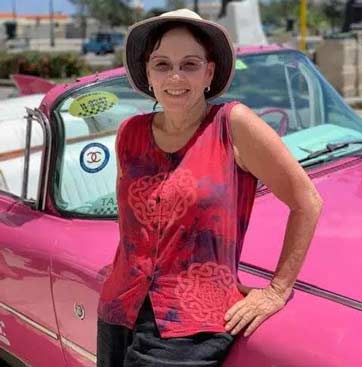Two days in Barcelona is not enough to explore this wonderful city in Spain, but if that’s all you have, this is how you spend it.
Table of Contents
ToggleA little background on Barcelona
Barcelona is the capital of Cataluña, Spain’s cosmopolitan region on the northeastern coast. Cataluña has two official languages; Spanish and Catalan. You will see most signage in both languages.
Although there is evidence of scattered settlements dating to 5000 BCE, it was the Romans that firmly established the city designating it a castrum, or military encampment around 15 BCE.
Today there are multiple sites throughout where you can see evidence of Roman architecture.
The city flourished under Roman management and became an important center of trade largely due to its ideal location and its magnificent deep-water port.
Around this time the city minted its own coins and enjoyed certain tax benefits.
As in the case with most of Europe, once the Romans left around the turn of the millennium, taking with them their PAX Romana, all hell broke loose.
The city was invaded and sacked by Visigoths, Arabs and others until the 1100s when dynastic unions resulted in the creation of the Kingdom of Aragon, of which Barcelona was a part.
In 1469 this Kingdom of Aragon, with King Ferdinand at its helm, united in marriage with the Kingdom of Castile led by Queen Isabela and – the old cliché is warranted here – the rest, as they say, is history.
This union laid the foundations of modern Spain, established the capital in Madrid, expelled the remaining Moors from Spain and financed the exploration, and exploitation, of the Americas.
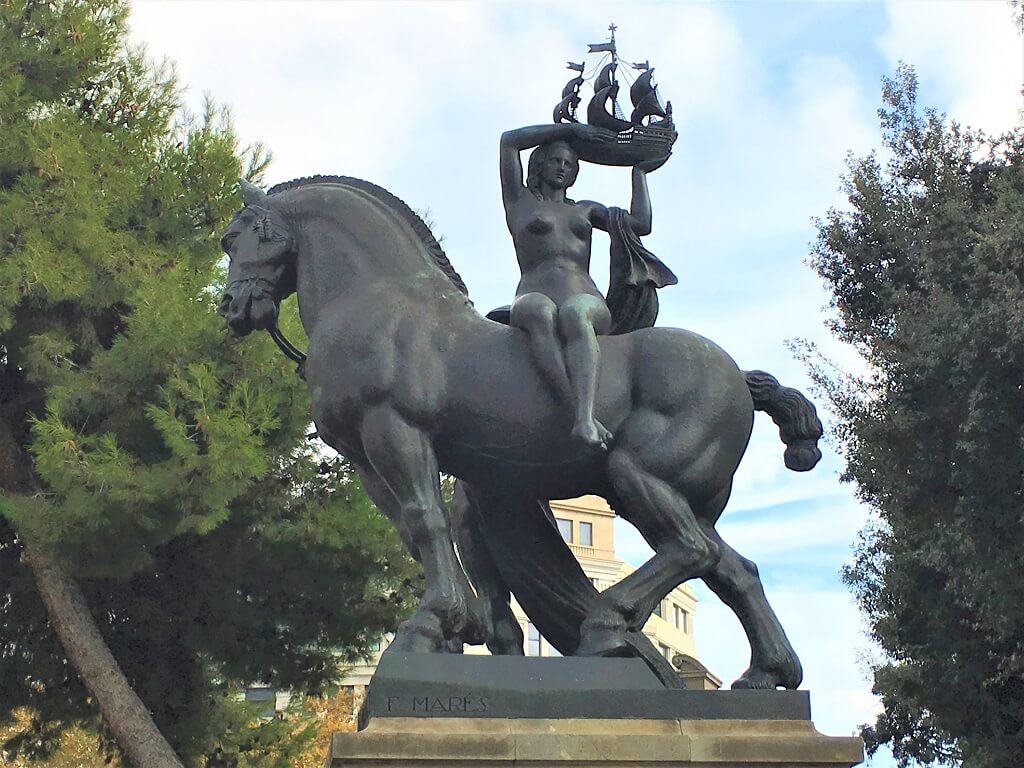
Barcelona figures prominently in the exploration of the Americas as Cristobal Colon (Christopher Columbus) and the Spanish Monarchs met in Barcelona upon Columbus’ return from his first voyage in the Americas.
During the Spanish Civil War in the 1930s Cataluña was decidedly Republican. They lost.
When Francisco Franco defeated the Republicans, Cataluña paid a heavy price. The Catalan language was banned, independent institutions were abolished and it became illegal to teach Catalonian culture in schools.
Throughout Barcelona’s history there has been a group of separatists struggling to create an independent entity apart from Spain with its own language.
This persists today and is frequently in the news. You are likely to see demonstrations in the streets advocating for an independent Cataluña during your two days in Barcelona.
Barcelona has everything you want in a big European city; culture, history, legendary cuisine, good weather, friendly people and a well-developed tourism infrastructure. Let’s dig in.
Two days in Barcelona: The perfect Barcelona itinerary
For the first of these two days in Barcelona, I suggest you take a bike tour. I made a reservation with Fat Tire Bike Tour for a three hour tour of Barcelona covering all the major points in the city.
It is better to take the tour on day one so you can get a good overview of the city quickly and see where you want to concentrate you time after the bike tour.
See what appeals to you then return for a closer look. The tours tend to leave at 11 AM but check to verify.
I was a guest of Fat Tire Bike Tours but can honestly confirm, without hesitation, that their tours rock…big time!
Day one of your two days in Barcelona
Plaza Cataluña
Make your way to Plaza Cataluña. This is the major transport point of all the metros and bus stops. All roads lead to Plaza Cataluña.
Wherever you are in Barcelona, the closest metro station will eventually take you to Plaza Cataluña.
La Rambla
Once in Plaza Cataluña you are just a few steps from La Rambla, a beautiful thoroughfare that leads from Plaza Cataluña to the port of Barcelona.
On either side of La Rambla there are interesting, quirky little stores, restaurants and inviting streets and alleys that lead to all sorts of interesting places.
As this is a major city thoroughfare, you are likely to find yourself in La Rambla many times during your two days in Barcelona.
Palao de la Musica Catalana
Take one of those inviting streets off La Rambla and head to the Palao de la Musica Catalana to have breakfast.
A coffee and a croissant won’t set you back more than a couple of Euros but you will have them in a spectacular architectural masterpiece surrounded by bizarrely ornate curlicues, stained glass, polished brass and Catalan history.
After breakfast head to nearby Plaza Jaume to meet the bike tour that will take you to most of Barcelona’s key attractions including:
The Gothic Quarter
The Gothic Quarter or Barri Gotic in Catalan, is the ancient Medieval center of Barcelona.
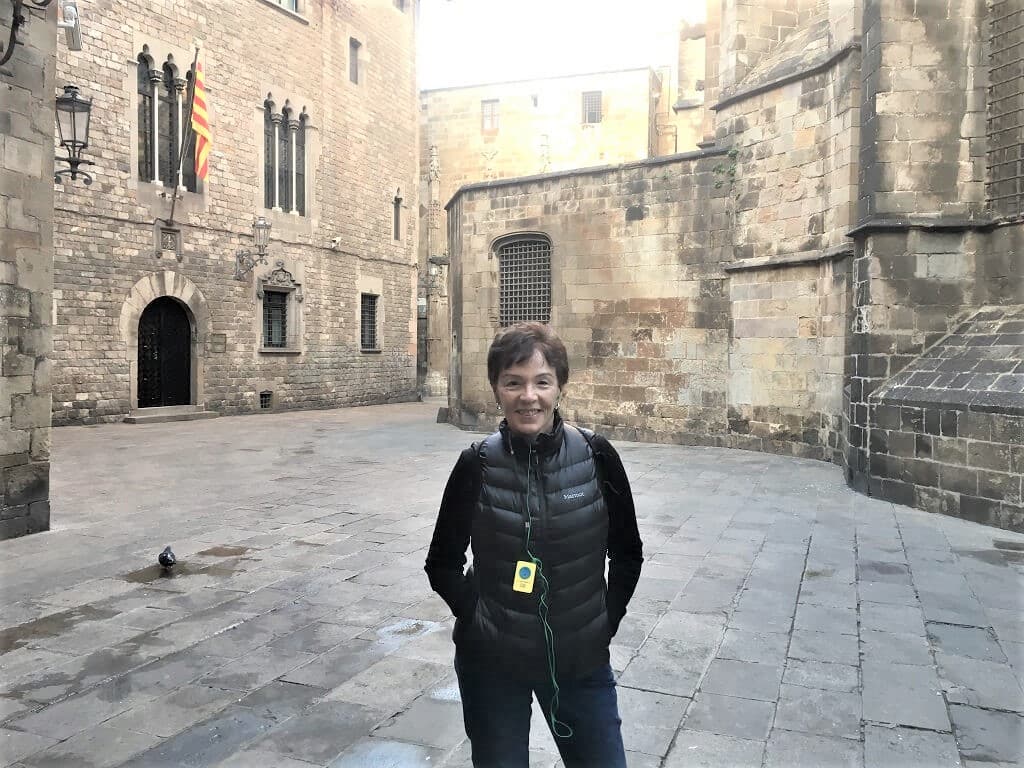
It is full of narrow winding alleys leading to wide squares surrounded by remarkably well preserved medieval structures.
The area has loads of cute little Barcelona restaurants and shops tucked into alleys or under bridges. These modern establishments have found a way to happily coexist with the ancient structures in order to maintain the Medieval character of the area.
The Cathedral of the Holy Cross and Saint Eulalia
Completed in 1448, this amazing gothic structure lies within the Gothic Quarter. One of the things I like about this cathedral is that it has a pond full of ducks in its cloister.
Who ever heard of ducks in the interior of a cathedral!
The Museum of the History of Barcelona
Also within the Gothic Quarter, this beautifully presented museum covers the history of the city from its Roman times to the present.
Don’t miss the underground exhibits displaying the city’s ancient Roman streets, baths and shops. You’ll get a great peek into the daily lives of the local residents under Roman rule.
Insider tip: Grab a snack at Conesa at the corner of Plaza Jaume. these are some of the most famous sandwiches in Barcelona. There is always a line to get in so be patient.
Boqueria
Right off La Rambla to the right, just a couple of blocks south of Plaza Cataluña is one of the most colorful markets in Europe, the famous Boqueria market.
This market has been in this location in one form or another since before the 1200s when it was first mentioned in historical books.
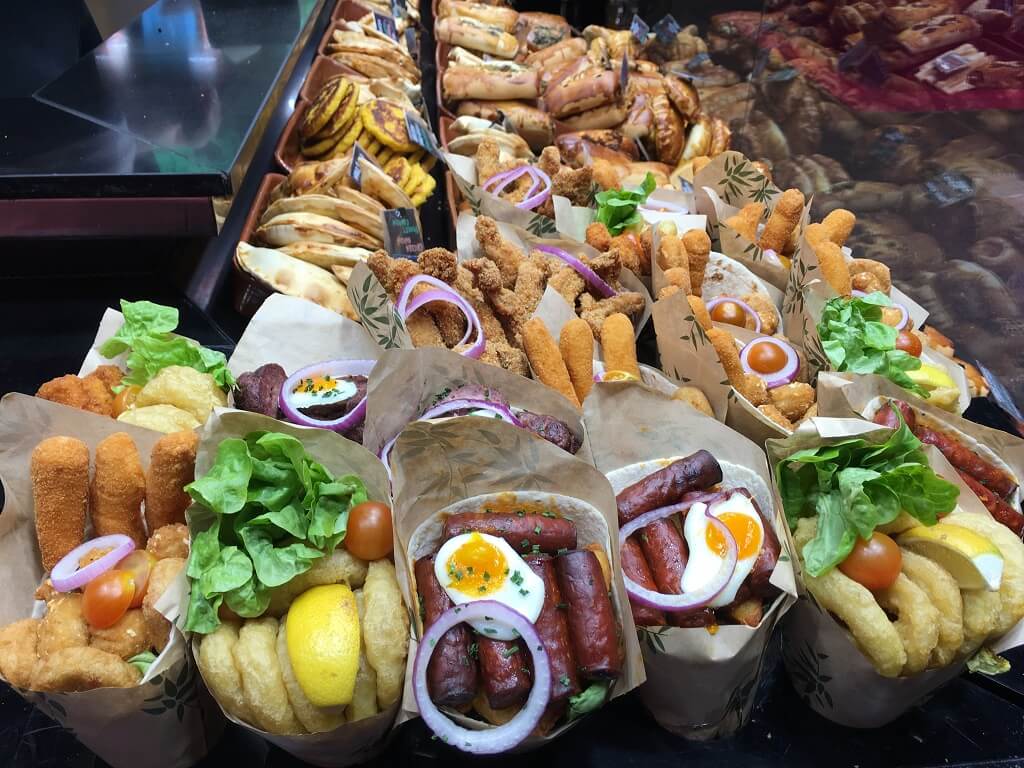
The market consists of stalls selling all manner of food stuff, all competing with each other to see who can present the most attractive displays.
There are also restaurants throughout the market ranging from snacks sold from the stalls to formal sit-down establishments on the edges of the market.
This is a can’t miss spot during your two days in Barcelona adventure.
Insider tip: Try the fruit cups.
Los Caracoles
Los Caracoles is where you have at least one meal when in Barcelona. The restaurant was founded in 1835 (not a typo) and is still run by the same family.
The food is outstanding. Here you can sample typical, traditional Spanish fare, roasts, rabbit, all sorts of unrecognizable yet delicious seafood, rice dishes…all very reasonably priced for what you get.
The restaurant is in the middle of the Gothic Quarter in the most charismatic and picturesque location.
To reach it you make a left off La Rambla going towards the port on Escudellers Street and look for number 14.
The best part of Los Caracoles, besides the food and the location, is the ambience. It is a multilevel structure that looks like is hasn’t changed since its founding in 1835.
The front of the restaurant is a bar, then you walk through the kitchen to get to the dining rooms which are all spread out over 3 floors. It’s crazy, magical, delicious fun!
Plaza Real
The Plaza Real is a wide square just off La Rambla in the Gothic Quarter. It is decorated with massive palm trees, street lights that were actually designed by Catalan architect, Gaudi and sports a large fountain in its center.
Surrounding the square are all sorts of interesting restaurants and nightclubs. This is a great evening hang out to top off your first day in Barcelona.
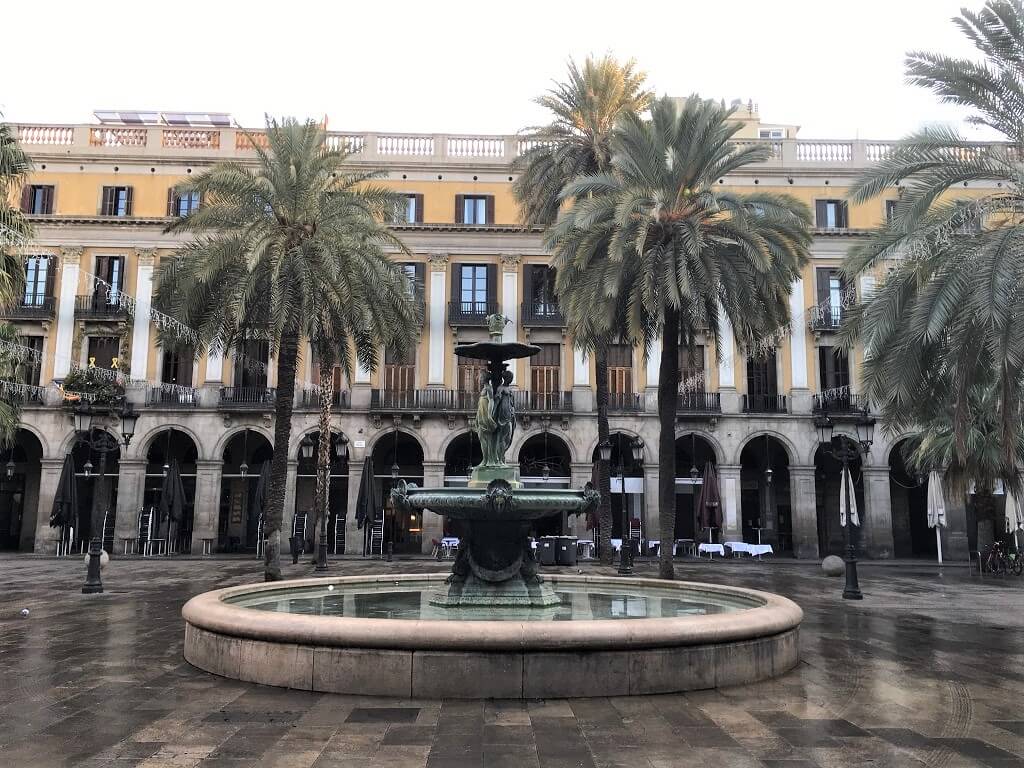
Walk around the square and choose your evening’s entertainment; dance performances, dance clubs, musical performances. You pick.
Day two of your two days in Barcelona
Sagrada Familia
The Catedral de la Sagrada Familia Cathedral, or Holy Family Cathedral, is the brainchild of home-town-boy-done-good, Antonio Gaudi.
Buy the ticket online or buy a tour. Don’t waste time queueing for the ticket at the destination. You may have visited the outside during your bike tour or any other tour.
Now go inside. Go! Go! Go! Don’t think about it. Trust me on this, go in.
Whether you like churches, cathedrals, architectural stuff or not…is not so important, guys. The Sagrada Familia is just a masterpiece, a cultural phenomenon that must be experienced, not just seen.
It is an important part of Barcelona history, art and culture…and a testament to favorite son and world-renown architect, Antonio Gaudi.
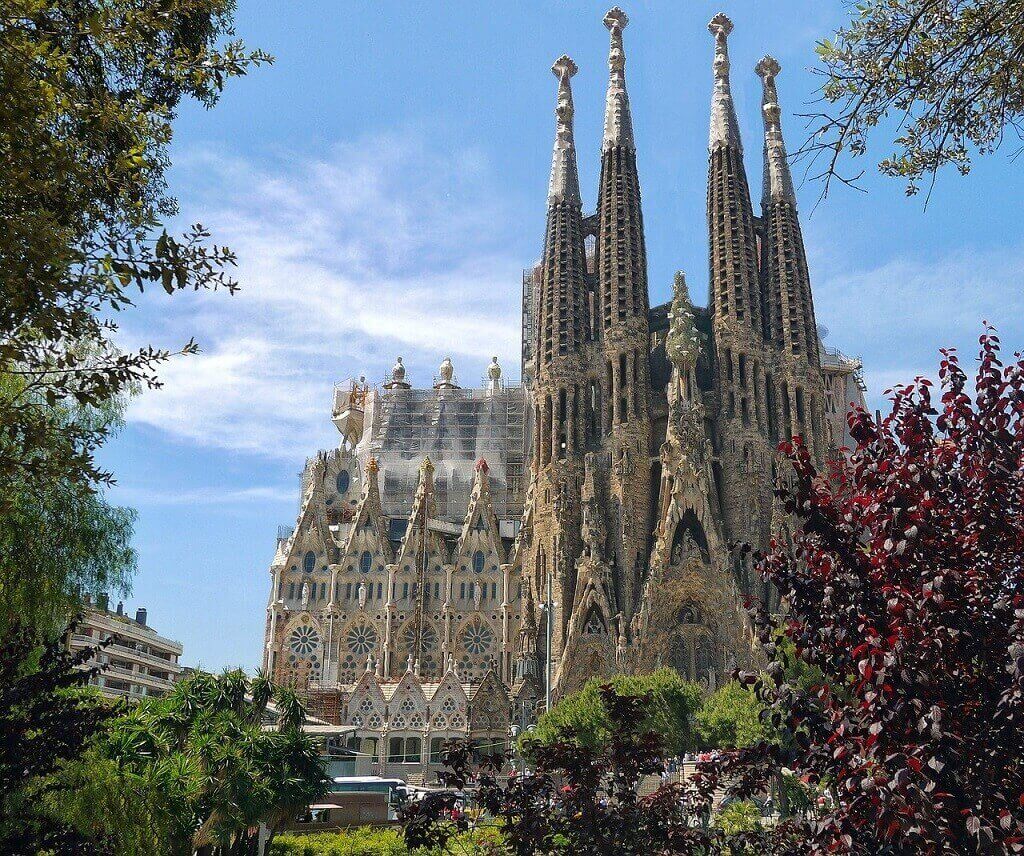
I guess at this point we need at least a couple of sentences about Gaudi as he is such an integral part of Barcelona.
Born in 1852, Antoni Gaudí was a Spanish architect known for his fantastical works in the Modernist style. Most of his work took place in Barcelona.
During his early years he was very much in demand as the architect of the upper classes who vied to have their homes designed by him. It was during this period that he created Casa Milo and Casa Batllo.
Later in life he became more religions and determined to work exclusively on his masterwork, the Sagrada Familia, a cathedral as yet unfinished and, currently the most visited structure in Spain.
He died in 1926, at age 73, after being hit by a trolley and is buried in the crypt of the Sagrada Familia, his beloved creation.
Casa Milo (La Pedrera)
About 8 blocks west of Sagrada Familia is another one of Gaudi’s architectural masterpieces, Casa Milo, more commonly knows as La Pedrera (the quarry) because it looks like a fantastical stone structure.
As impressive as the outside is, the inside of this UNESCO World Heritage site will leave you wondering if the architect was of this world.
The inside is four floors of otherworldly designs and structures. The whale attic reminds you of what the inside of a whale would look like with arches down a large hallway resembling an immense ribcage.
The rooftop, known as the warrior roof top, is perhaps the best known example of Gaudi’s work with rows of giant helmeted sentinels keeping watch over the city.
In fact, these sentinels feature on the cover of my book, “110 Best Travel Tips” which you can get for free by subscribing to this blog.
The apartments are what I found the most interesting as they represent what life was like for an upper-class Barcelona family in the 1920s with Gaudi’s imagination stamped all over from ceiling to floor.
Insider tip: Buy your ticket online and save 3 euros. Otherwise the ticket is 27 euros. Take the 3 euros you just saved and have a coffee in the museum’s cafeteria.
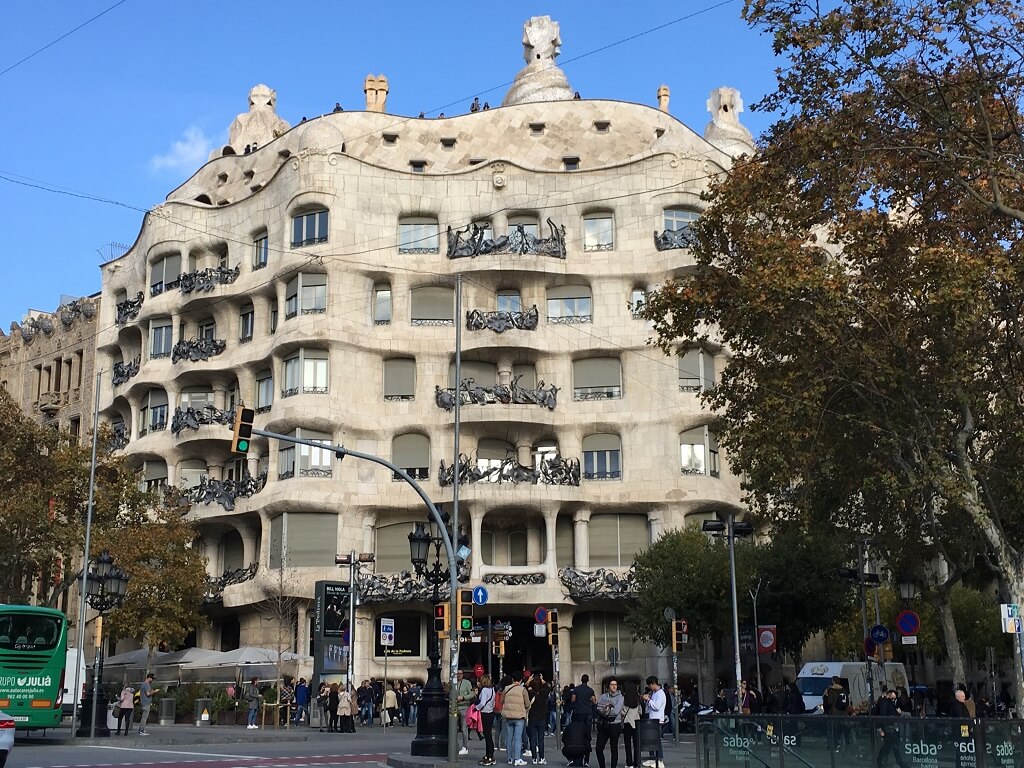
This unique building is located on one of the city’s major avenues, Paseo de Gracia, Barcelona’s equivalent of New York City‘s 5th Avenue dotted with high-end stores and upscale restaurants.
Insider tip: If you like Gaudi architecture, why not stay in a hotel built in a similar style? Hotel Casa Fuster is as fantastical and unusual as Gaudi’s designs.
Best of all, it is on Paseo de Gracia, one of Barcelona’s most beautiful avenues. And it’s not so ridiculously expensive for what you get. Staying there is a unique, very “Barcelona” experience and is sure to be a highlight of your trip.
Cerveceria Catalana
By now you must be hungry, so just a couple of blocks south of Casa Milo on Paseo de Gracia, is Cerveceria Catalana.
This upscale tapas bar and restaurant is a former brewery now converted into a trendy establishment with outstanding tapas and other small plates “porciones.” You won’t be disappointed!
Casa Batllo
From Cerveceria Catalana continue south on Paseo de Gracia and make your way over to Gaudi’s third masterpiece, Casa Batllo.
Remodeled in 1906 over an existing structure from the 1870s, Casa Batllo was first commissioned by the Batllo family.
The family maintained the home until 1954 when it began to pass through many ownerships until its current incarnation as a museum and event venue.
The building is unique with oversized hallways in unexpected designs, an interior courtyard covered in mosaics and giant lofts with tortoise-shell skylights.
All this is topped by a roof said to represent Saint George’s lance being plunged into the dragon’s back. Go figure.
There is nothing in this building that you’ve ever seen in another structure. It is difficult to explain something that you have no frame of reference for. It has to be seen.
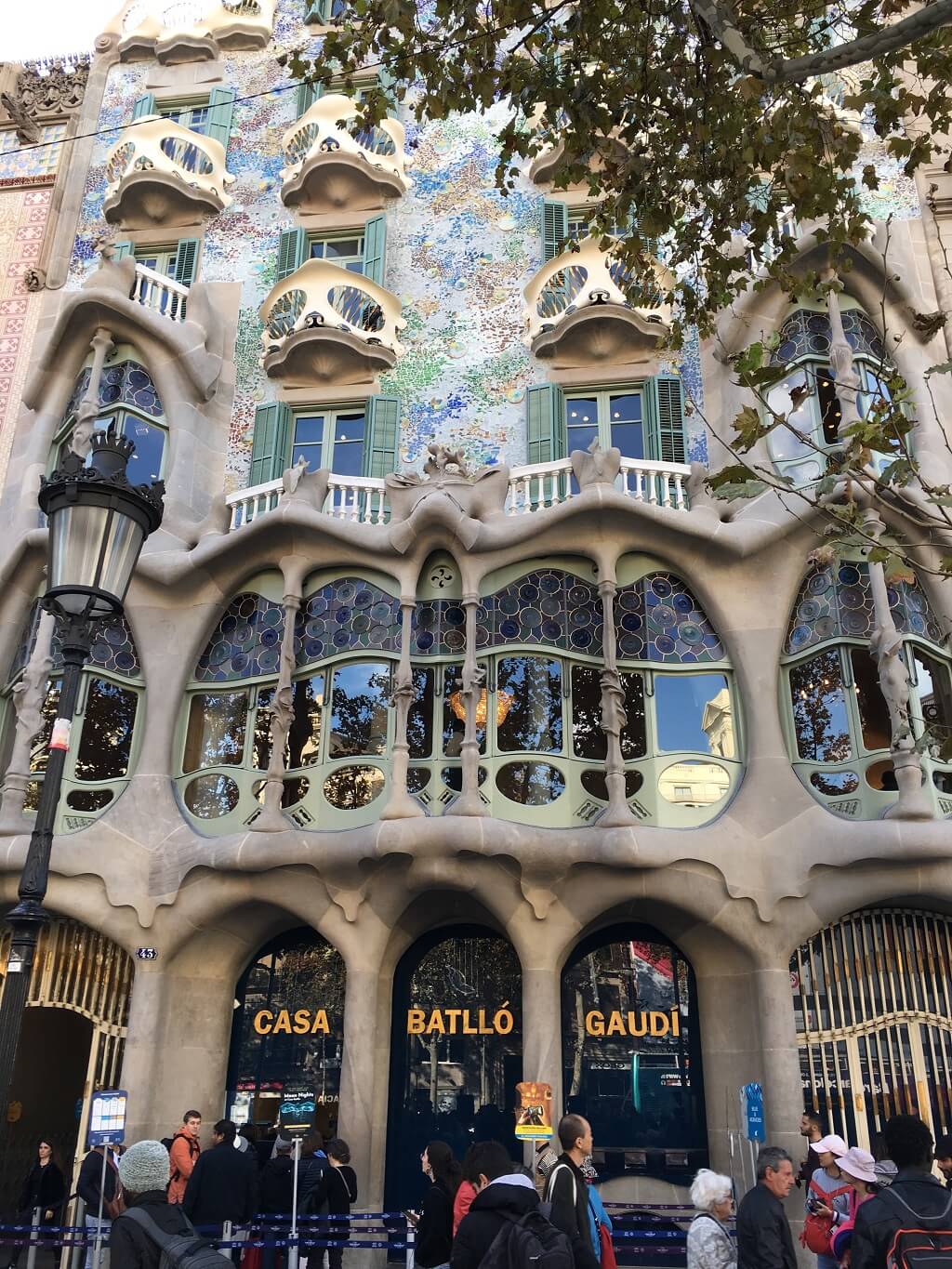
Port of Barcelona
This expansive port was completely revamped in expectation of the 1992 Summer Olympics and the city never looked back.
This renovation is what started Barcelona on its voyage to be one of the world’s major tourist attractions.
Start exploring this port at the statue of Columbus pointing towards the Americas, and continue along the port walkways dotted with restaurants, trendy shops and museums.
For a special treat, grab a seat at one of the bars facing the water and watch the sunset. It’s a magical moment.
Barceloneta
Top your second day in Barcelona with dinner at Barceloneta, an area full of traditional Spanish restaurants near the port. You’ll have a hard time choosing which eatery to patronize but, you’ll manage.
If you have more than 2 days in Barcelona
The Ciutadella Park
This open green space is an oasis of nature with its lake and 70 acres of park. The park also has a lovely fountain, zoo and museums. A great place for a picnic or bike ride.
Montjuic
Montjuic is a mountain on the perimeter of Barcelona containing a park, excellent museums, a castle, restaurants and more, all with breathtaking panoramic views of Barcelona.
It was originally named Montjuic or Jew Mountain, because there was a Jewish cemetery there. Today all the activities available make for a grand all-day visit.
Take the cable car to the castle and just wander before you select from the many activities.
Parque Guell
Parque Guell is a large public park in Barcelona’s Gracia neighborhood. This green space is at once a park as well as a collection of Gaudi’s creations including the iconic giant lizard you see in all the city’s souvenir shops.
Monserrat
This is a mountain range about 40 miles northwest of Barcelona. It is the site of the spectacular church and abbey, Santa Maria de Montserrat which contains the icon, Our Lady of Montserrat otherwise known as the Black Madonna because of the color of the original material.
You can drive up the mountain to the church or take the cable car from which you can enjoy spectacular views.
There are tons of accommodations options in Barcelona. Choose from hotels to apartments.
What are YOUR favorite ideas on how to spend 2 days in Barcelona? Select from these handy guides to help you decide.
If your two days in Barcelona whetted your appetite for more of Spain, you’ll enjoy these posts.
A two week itinerary for Asturias, Spain’s northern paradise.
Best places to visit in Spain’s Asturias and Galicia regions.
Hiking the Cares River Trail across Spain’s Picos de Europa National Park.
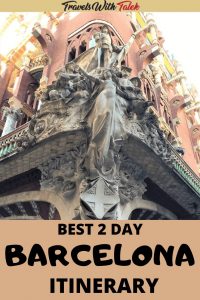
PIN ME
TO PINTEREST!

BTW, if you are getting ready for your trip, make sure to take advantage of these useful, money-saving links to book your trip:
- Research and book your flight with Skyscanner. I have found them to be the best because they list all airlines including the budget ones. You are always sure of having researched all options.
- For car rental around the world, Discover Cars has flexible pickup and drop-off options, I recommend Discover Cars.
- Book your accommodation with Booking.com. I find they have a wide selection and a nice, user-friendly, transparent website.
- Protect your trip and, more importantly, protect yourself with travel insurance. I use Travelinsurance.com and have been very happy with them.
- For more general tours to any destination or attraction, book with Viator. Check them out.
- Need a visa? Get your visa for all countries with Passport Visa Express.
- Looking for a cool walking tour to explore a city? My favorite walking tours are offered by Take Walks.
- Food and drink tours are the best way to enjoy a city. And Devour Tours are my favorite.
- Looking for a good VPN to protect your security, privacy and freedom online while traveling? Nordvpn is your best option.
- The best and most economical way to stay connected while traveling is with an Airalo eSIM.
I personally use, and can recommend, all the companies listed here and elsewhere on my blog. By booking through these sites, the small commission we earn – at no cost to you – helps us maintain this site so we can continue to offer our readers valuable travel tips and advice.





